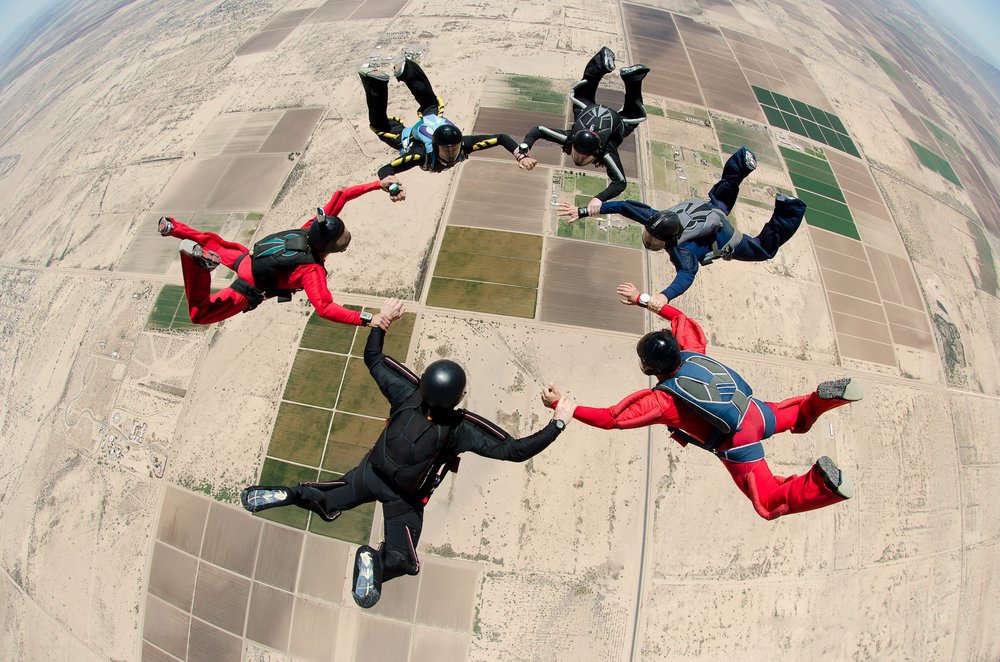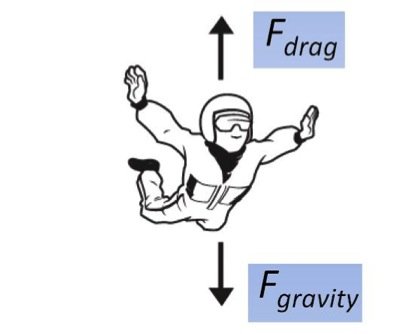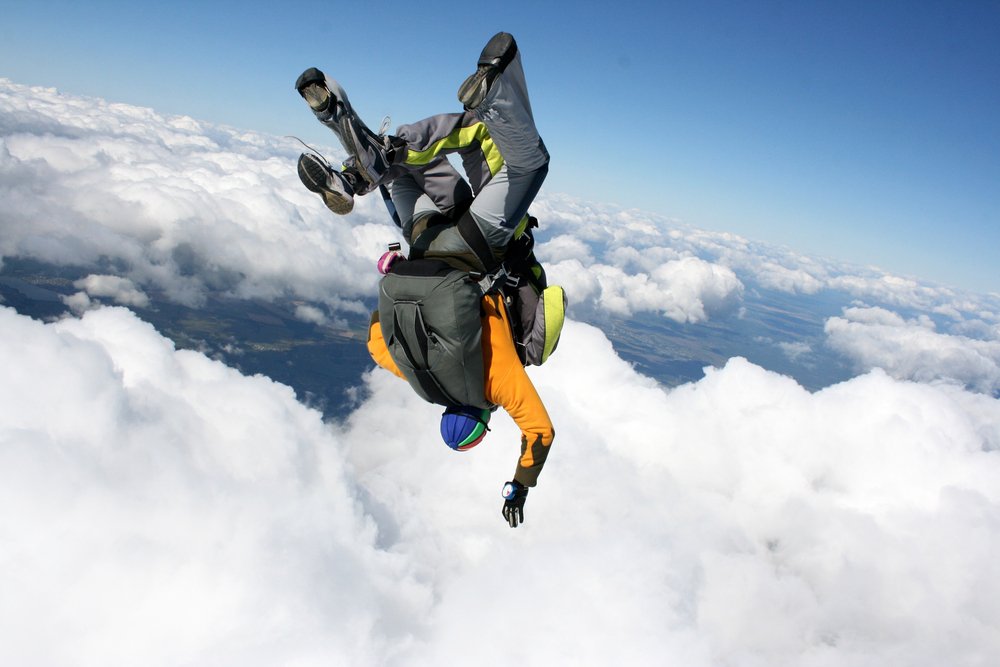Table of Contents (click to expand)
The speed at which skydivers fall through the sky varies depending on the weight of the person and orientation of their body while falling. However, the average terminal velocity is around 60 meters per second.
Skydiving is one of the most popular leisure activities for people looking for some thrills in their life – not to mention a solid shot of adrenaline! Just put on all your safety equipment, board a plane, fly to the drop zone, and boom! In no time, you’ll be falling through the sky – plummeting towards the ground! The amazing speeds that one experiences during free-fall are simply phenomenal.
The question remains, is it a constant speed at which skydivers fall through the sky? Or does the speed continuously increase as you tumble down from the heavens?
What Is Skydiving?
Skydiving or parachuting is a popular sport in which a person flies to a certain altitude in an airplane and then jumps out, returning to Earth as gravity pulls you down; to avoid slamming into the ground, your fall is slowed down thanks to the parachute on your back. However, the past of skydiving when a person is falling rapidly and the parachute is not deployed is called being in ‘free-fall’.
Although skydiving is a popular adventure sport, it also has applications in other fields, particularly in the military, when troops are required to land at specific sites after jumping out of an aircraft.

Also Read: What If You Jumped Out Of An Airplane Into The Sea Without A Parachute?
Terminal Velocity
Let’s first talk about one of the most important aspects of skydiving: speed. A person falls through the air because the gravitational pull of earth is at play, meaning that it pulls the person towards the ground. As a result of this force, the person falling to the ground acquires a certain speed. Now, does the speed keep increasing as one falls, or does it remain constant?
Actually, both of those things occur.
As one jumps out of the helicopter or airplane, the individual initially gains speed due to acceleration, which is caused by the earth’s gravity. However, this speed does not keep on increasing indefinitely. There is a certain point at which the acceleration becomes zero; from that point onwards, the speed of the person is constant. The constant speed that a falling body achieves is called the terminal velocity.
Also Read: Defying Gravity: Must What Go Up, Always Come Down?
Why Does The Speed Become Constant?
 As one falls through the air, the particles present in the air constantly strike the person in the opposite direction of their descent, creating a resistance to their free-fall. This interaction creates a drag, which results in a decrease in acceleration until it becomes zero and terminal velocity is achieved.
As one falls through the air, the particles present in the air constantly strike the person in the opposite direction of their descent, creating a resistance to their free-fall. This interaction creates a drag, which results in a decrease in acceleration until it becomes zero and terminal velocity is achieved.
Factors Affecting Terminal Velocity
Two factors affect terminal velocity:
1. Weight of the person: The heavier the person, the higher the terminal velocity will be. This is because the falling body’s velocity squared is proportional to the weight of the falling body.

2. Orientation of the person: If a skydiver is falling in a headfirst position, then their terminal velocity will be higher. This is because a smaller surface area of the body is perpendicular to the direction of motion, so the resistance is lower and the terminal velocity is higher.
Actual Values Of Terminal Velocity
Terminal velocities are usually in the range of 56 – 76 meters per second. Therefore, typically, the average terminal velocity is around 60 meters per second. This value may vary depending on the weight of the person and orientation of their body while falling.
In a face-down position, the average value of terminal velocity is reported to be 193 kilometers per hour (120 miles/hour), but in a headfirst position, the terminal velocity average is found to be 322 kilometers per hour (200 miles/hour) – and sometimes even more than that!
Skydiving is definitely a fun way to get your heart pounding, so it comes as no surprise that so many people engage in it. Obviously, there are certain considerations that you have to look out for while skydiving, just to be safe, but you’ll definitely have a lot of fun as you plummet through the clouds. Don’t go too fast and don’t forget to pull your chute!
How well do you understand the article above!

